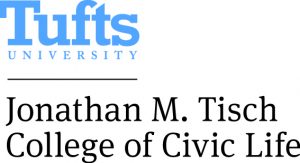Vincent Ostrom, Charles Tiebout, and Robert Warren wrote that a “polycentric political system” exists when “many centers of decision- making which are formally independent of each other . . . take each other into account in competitive relationships, enter into various contractual and cooperative undertakings or have recourse to central mechanisms to resolve conflicts.” The whole can be called a “system” to the extent that the separate institutions “function in a coherent manner with consistent and predictable patterns of interacting behavior” (Ostrom, Tiebout & Warren 1961, drawing on Polanyi, 1960).
According to a polycentric theory, all political systems have more centers of power than is implied by such phrases as “the government.” Even in a dictatorship, there is much negotiation, competition, and cooperation among elements of the government, such as specific offices and military units, and a porous boundary between the government and other entities in the society. In a system like the United States, there are officially three levels of government (federal, state, and local), three branches of government (legislative, executive, and judicial), and three sectors (public, private, and nonprofit). But this description dramatically understates the degree of polycentricity. Even a single local police department may encompass multiple centers of power.
Some polycentric theorists, including Elinor Ostrom, also advocate for polycentricity as a wise principle of design. They argue that having more centers of power produces better results. The constitution of the United States then serves as an illustration of polycentricism, but the principle can be used in many other ways, not only in government but also, for example, in social movements.

